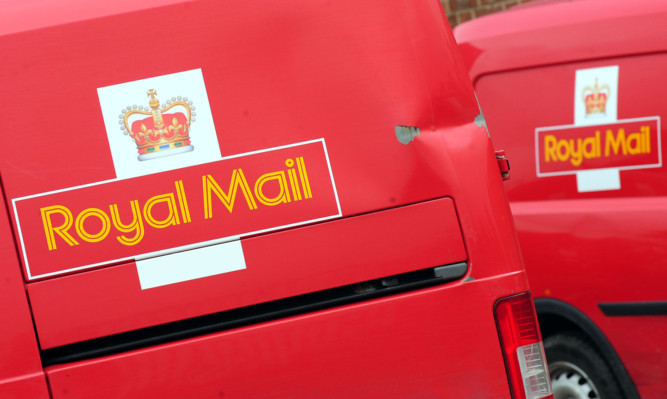Royal Mail revealed a leap in profits as it took another step towards a possible stock market flotation later this year.
Total earnings of £440 million for the year to March 31 more than doubled a £152m outturn this time last year, as the state-owned firm benefits from the boom in online shopping and recent efforts to modernise the business.
Chief executive Moya Greene, who last year returned the core postal business to profitability after four successive years of losses, said it was a strong performance and that the transformation of Royal Mail was under way.
Its delivery and postal arm, which delivers the six-days-a-week universal service to 29 million addresses, reported operating profits of £331m and improved its margin from 0.5% to 3.9%.
Parcel deliveries had accounted for almost half of the group’s revenues of £9.3 billion in the last year.
The performance is expected to encourage the Government to cash in on the turnaround by pressing ahead with a privatisation this year, despite opposition from unions representing postal workers and managers.
The results came as UK Business Secretary Vince Cable insisted there was “no alternative” to privatising the Royal Mail. He warned that the organisation still faces a “fundamental threat” from email.
Mr Cable said further reforms may be necessary to ensure Royal Mail’s survival.
The preferred option is believed to involve the public buying shares alongside City investors, in an echo of the ‘Tell Sid’ campaign that pioneered the public sale of shares in British Gas in the 1980s.
At least 10% of the shares have been earmarked for the workforce, although it is not known whether staff will get them for free.
